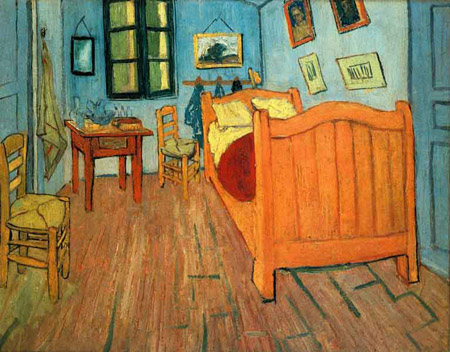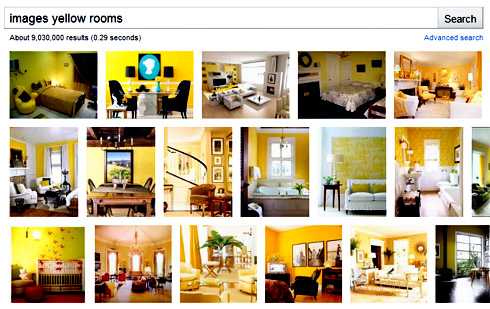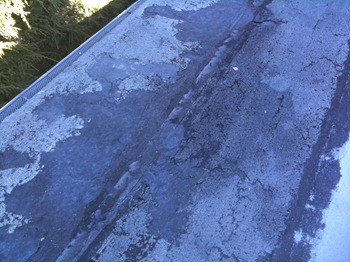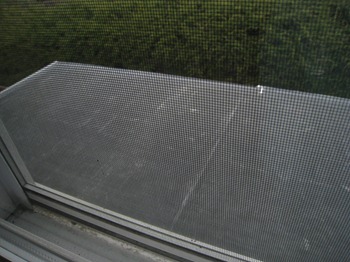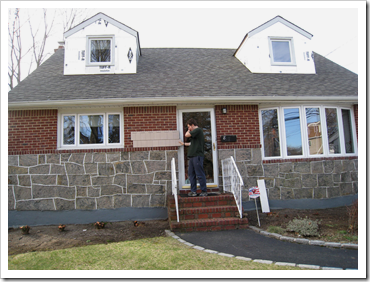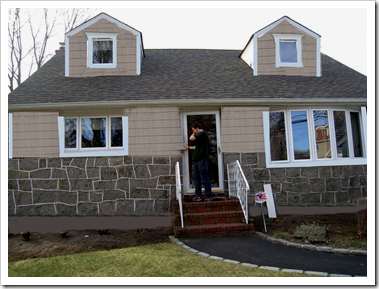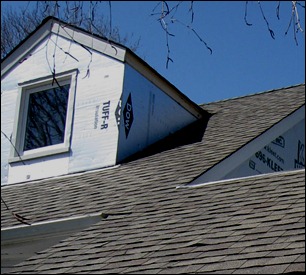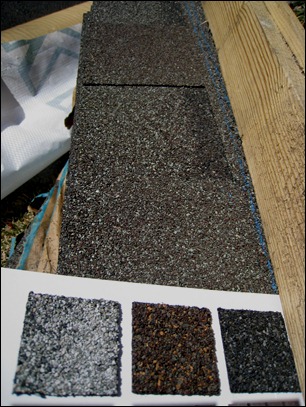Guest Blogger Eric Stevenson is passionate about restoring old homes. He’s graciously allowed us to post this great article about the dangers that can lurk in these sorts of projects, and the precautions that can be taken to keep your family safe.
You picked the color pallet, watched countless hours of home improvement television and located the nearest home improvement retailer. Unfortunately, if you live in an older home, you have tougher decisions to make than which color to put on the bathroom floor. Especially if you live in a house 30 years or older, prying off those crusty tiles or old cabinets might expose problems you now have to deal with.
Older wiring is an unavoidable issue in older homes. Because newer appliances demand a higher electrical current, outdated systems often struggle to provide the required power, which can tax your system to failure. Frequent breaker trips can indicate this system weakness. In addition, many homes contain ungrounded, two-pronged outlets which need to be replaced with the three-pronged, grounded variety. Removing these electrical hazards that can lead to dangerous fires should be a major concern when families commit to updating their homes.
Heavy metals are another continued risk to homeowners, with one of the most widely-known of these chemicals, lead, continuing to pose a major threat today. Although it’s been recognized as a serious threat in older, deteriorating paints since 1991, it continues to be hazardous because it was also used in a variety of common household products. Gasoline, furniture and water-carrying pipes all historically contained lead, making its recognition difficult because it was such a common component. Devastating impacts to mental, physical and behavioral health are common with exposure to this chemical, especially in children because it’s more easily absorbed into growing skin. Arsenic, cadmium and mercury are other common substances found abundantly in older homes that can lead to serious effects like organ failure and neurological degeneration.
Another toxic chemical presenting serious risk during renovation is the historically-popular mineral, asbestos. Now an infamous carcinogen, asbestos was used frequently because of its high degree of insulation against heat, chemicals and electricity. However, asbestos continues to be found in older homes even after its ban, which makes this chemical another constant threat in the U.S. Unfortunately, without proper identification, families risk continued exposure to this chemical, leading to mesothelioma, which is the chemical’s specific form of cancer. Mesothelioma symptoms can take 20 to 50 years to appear and often mimic other diseases, meaning early detection and treatment of this condition is often impossible.
Unfortunately, in a frenzy of motivation and excitement, homeowners will inadvertently intensify the risks they face from these materials. Asbestos is particularly dangerous to homeowners when improperly handled because it poses a health risk when it’s been damaged and released into the air they breathe. While you can live in a home for decades without receiving exposure to this material, beginning renovation projects without properly understanding the potential risks can have serious consequences.
Luckily, many private companies and licensed professionals now exist for owners of homes built before federal bans on these chemicals. These professionals can safely identify, remove and dispose of this material without risk to your family. While you can try to remove these chemicals yourself, the lack of professional experience and required equipment make it unadvisable if you’re an average homeowner. By having patience and investing extra time during the beginning of a project, you can ensure the final success of your renovation project and the safety of your family as you update, add value to and improve the efficiency of your home.
Thanks Eric!
Average Rating: 4.5 out of 5 based on 183 user reviews.
